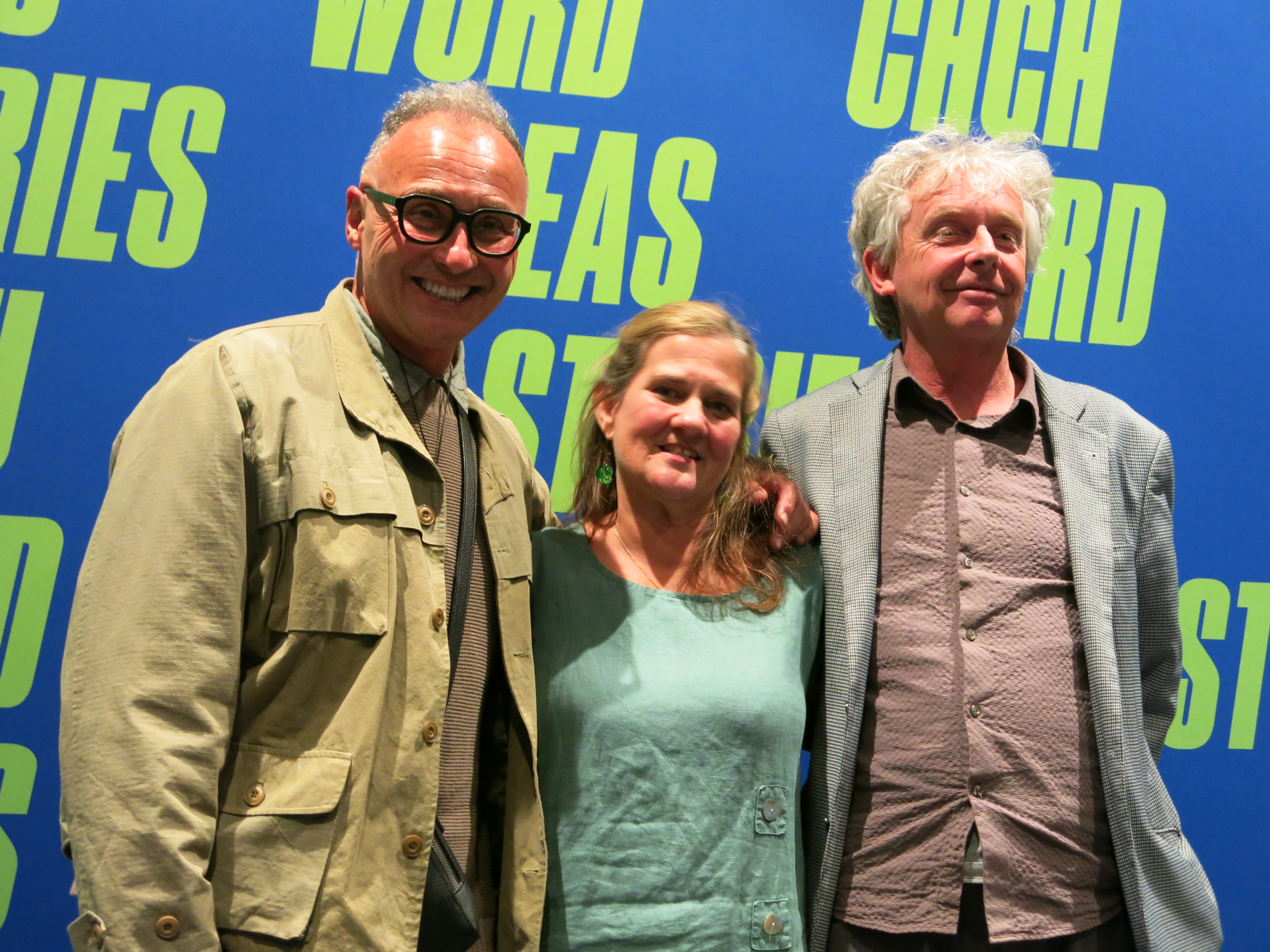
Deus X
by Stephen Mack Jones
Soho Crime, November 2023, $27.95
Deus X is the fourth novel in Stephen Mack Jones’ mystery series starring former Detroit cop August Snow—and easily his best.
For the uninitiated, Snow debuted in his eponymous novel in 2017. A Blaxican (half-Black, half-Mexican) veteran of the Marines, Snow walks in two worlds. Forced off the Detroit Police Department by a cabal of corrupt cops and politicians, he sued and won $12 million in a wrong dismissal suit, earning many enemies along the way on both sides of the thin blue line.
Snow now works as a private investigator in Detroit’s Mexicantown neighborhood, helping people in need. In Deus X, Father Michael Grabowski, the priest who baptized Snow and a close family friend, retires unexpectedly. Snow finds this suspicious, especially after Father Grabwoski goes missing. Looking into it, Snow learns Deus X, a splinter cell of the Knights Templar who have forsaken their own souls in order to protect God’s Church on Earth, has put a hit on the priest, who has been accused of abusing children. Refusing to believe this, Snow does everything in his power to help Grabowski, putting his life on the line as he runs afoul of a deadly Deus X assassin.
One interesting aspect of Snow’s character is that since he’s made of money, he can both kill off or buy off those is his way. One of the funniest scenes in the book has Snow buying off three would-be hit men. You can tell Jones had a lot of fun writing that chapter.
Jones really hits his stride with Deus X—it has the perfect balance of plot, characterization, and dialogue. Tomás, his tough-as-nails godfather (I always picture actor Danny Trejo from Grindhouse as Tomás), and computer hacker par excellence Lucy aid Snow in his mission to save the priest. Jones seems more comfortable writing both supporting characters, whose roles are much stronger, this time out.
Without question, Jones has joined the ranks of the always-impressive Loren D. Estleman and the late, lamented Elmore “Dutch” Leonard as one of the best authors writing mysteries set in Detroit. Deus X is primo reading—don’t pass it up!





